
Large companies are disappearing at a much younger age than they used to. According to a study by management consulting firm McKinsey, the average lifespan of a company on the S&P 500 list of the publicly traded enterprises was 61 years in the late 1950s. In 2016, it had fallen to just 18 years. Today, companies are merged, bought-out, or simply go belly up at a much faster pace than they used to.
The longevity of companies on another index, the Fortune 500, which compiles the largest 500 U.S. publicly traded and private corporations based on revenue, is comparable to S&P 500 corporations, according to Mark Perry, senior fellow of the right-leaning American Enterprise Institute. Perry found that in 2019, only 52 companies have been on the Fortune 500 list since its inception in 1955.
Why only about one in 10 of these companies have lasted for at least 64 years is a matter of academic discussion. One popular explanation is the concept of creative destruction, which says that in order to innovate, we need to dismantle the old. Companies, therefore, cease to exist (at least in their original configurations) when they’re supplanted by companies involved in newer industries and innovations. (These are the most innovative companies in 2021.)
We live in a time of accelerated technological disruption and record-high merger and acquisition activity, too, which might help to explain why modern large companies have shorter lifespans than they used to.
So, what about the stalwarts, the oldest companies? Why is Bank of New York Mellon, founded by Alexander Hamilton in 1784, still around? Part of the reason is that companies in certain industries benefit from their longevity. Fortune 500 companies involved in financial services (like Edward Jones) and energy (like Exxon) tend to have older foundation dates, for example.
The largest, newest companies (think Amazon, Alphabet, and Apple) tend to be involved in the latest innovations and newest industries. The youngest company on our list is over 150 years old. Apple is not even 50. (These are America’s most hated companies.)
To determine the oldest companies in the Fortune 500, 24/7 Wall St. reviewed data on Fortune’s website. Companies in the 2021 Fortune 500 were ranked based on founding date. Data on annual revenue and number of employees also came from Fortune.
Click here to see the oldest companies in the Fortune 500

50. Marsh & McLennan
>Founding date: 1871
>Revenues: $17.22 billion
>Number of Employees: 76,000
[in-text-ad]

49. Jones Financial (Edward Jones)
>Founding date: 1871
>Revenues: $10.17 billion
>Number of Employees: 50,000

48. Exxon Mobil
>Founding date: 1870
>Revenues: $181.50 billion
>Number of Employees: 72,000

47. Goldman Sachs Group
>Founding date: 1869
>Revenues: $53.50 billion
>Number of Employees: 40,500
[in-text-ad-2]
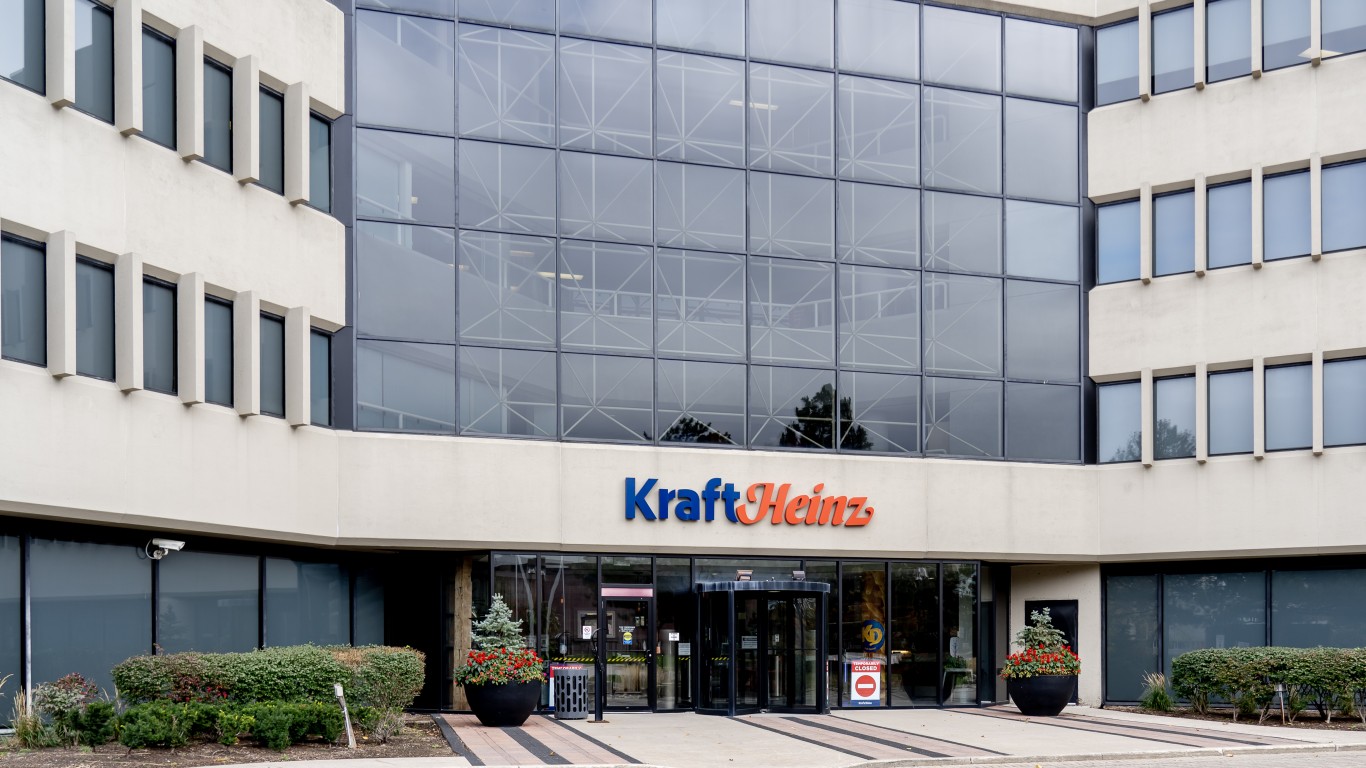
46. Kraft Heinz
>Founding date: 1869
>Revenues: $26.19 billion
>Number of Employees: 38,000

45. Campbell Soup
>Founding date: 1869
>Revenues: $9.05 billion
>Number of Employees: 14,500
[in-text-ad]

44. Graybar Electric
>Founding date: 1869
>Revenues: $7.27 billion
>Number of Employees: 8,200
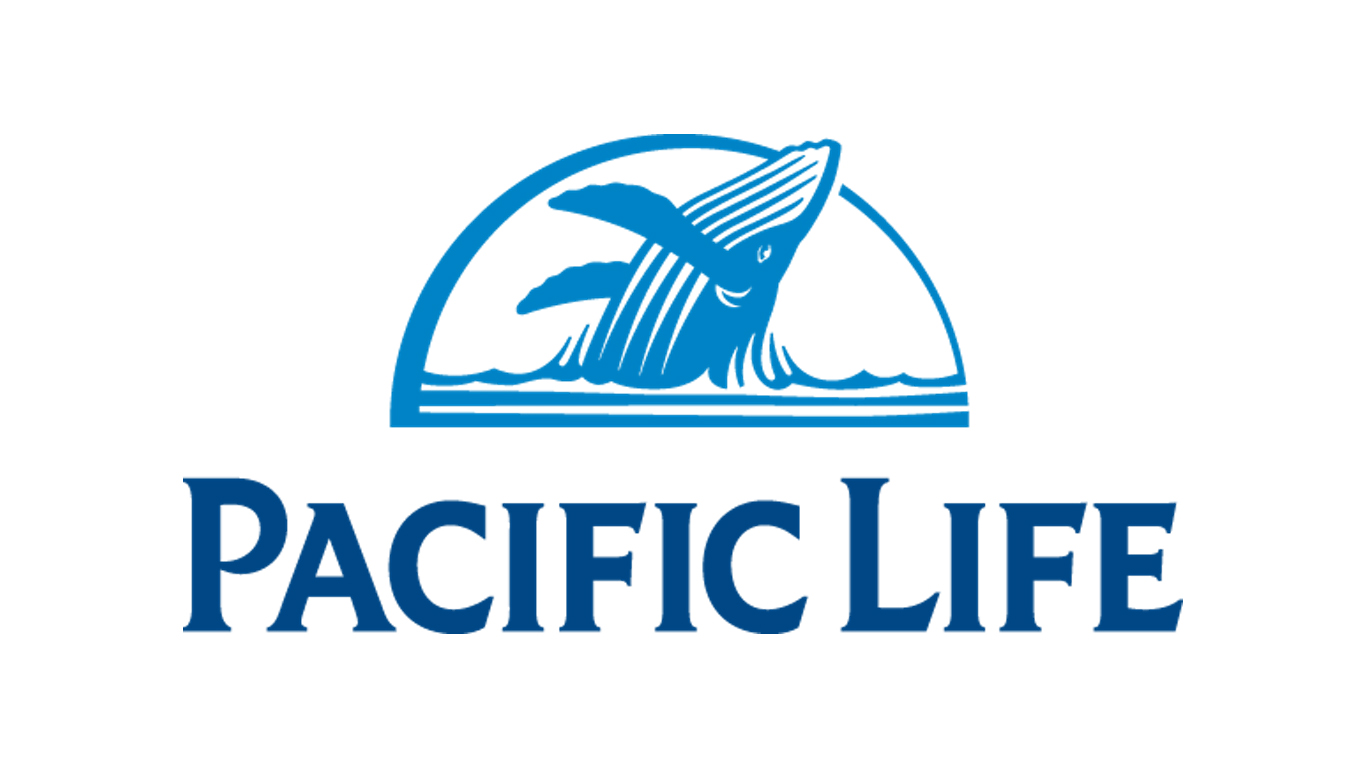
43. Pacific Life
>Founding date: 1868
>Revenues: $10.06 billion
>Number of Employees: 4,083

42. Packaging Corp. of America
>Founding date: 1867
>Revenues: $6.66 billion
>Number of Employees: 15,200
[in-text-ad-2]

41. Sherwin-Williams
>Founding date: 1866
>Revenues: $18.36 billion
>Number of Employees: 61,031

40. CenterPoint Energy
>Founding date: 1866
>Revenues: $8.84 billion
>Number of Employees: 9,541
[in-text-ad]
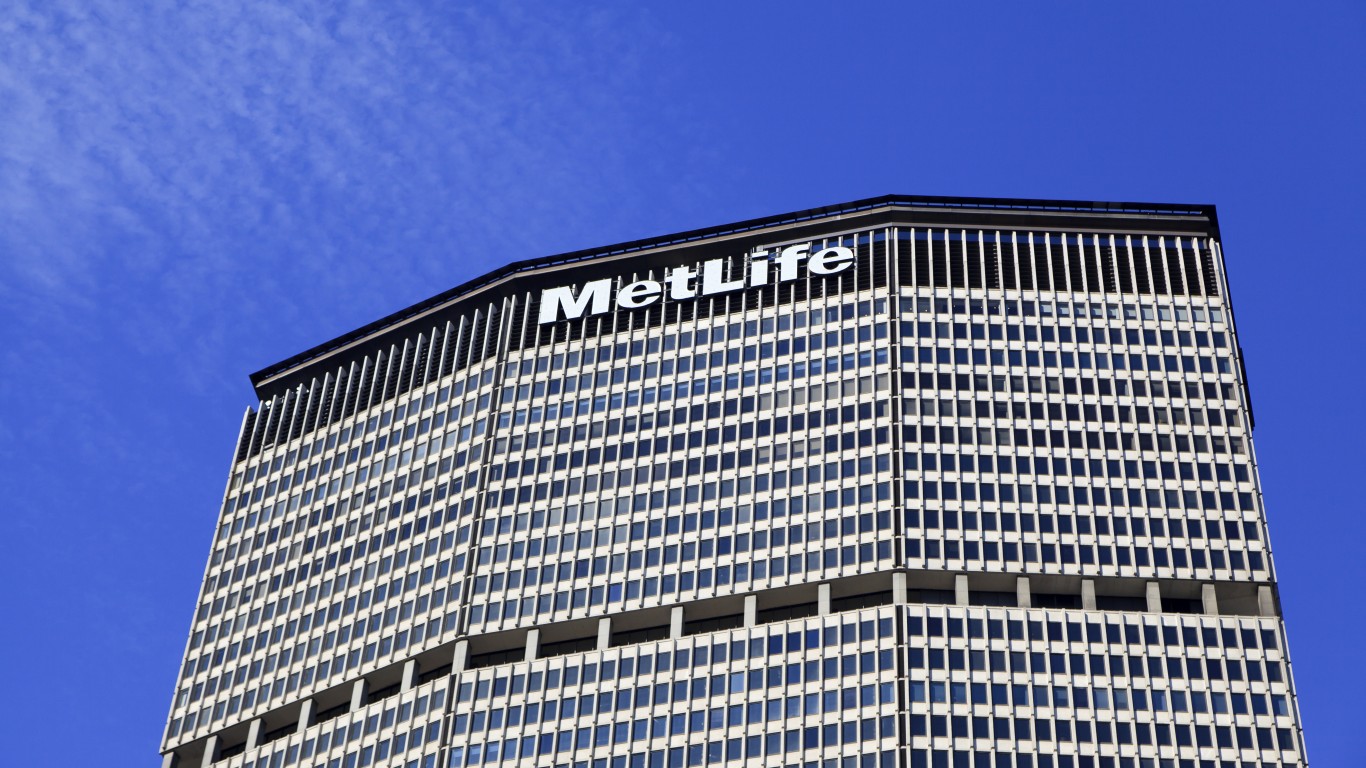
39. MetLife
>Founding date: 1864
>Revenues: $67.84 billion
>Number of Employees: 46,500

38. U.S. Bancorp
>Founding date: 1863
>Revenues: $25.24 billion
>Number of Employees: 68,108

37. Union Pacific
>Founding date: 1862
>Revenues: $19.53 billion
>Number of Employees: 30,960
[in-text-ad-2]

36. Guardian Life Ins. Co. of America
>Founding date: 1860
>Revenues: $13.56 billion
>Number of Employees: 8,871

35. Fifth Third Bancorp
>Founding date: 1858
>Revenues: $8.40 billion
>Number of Employees: 19,872
[in-text-ad]

34. Northwestern Mutual
>Founding date: 1857
>Revenues: $33.78 billion
>Number of Employees: 6,641

33. General Mills
>Founding date: 1856
>Revenues: $17.63 billion
>Number of Employees: 35,000

32. M&T Bank
>Founding date: 1856
>Revenues: $6.28 billion
>Number of Employees: 17,046
[in-text-ad-2]

31. Travelers
>Founding date: 1853
>Revenues: $31.98 billion
>Number of Employees: 30,294

30. Wells Fargo
>Founding date: 1852
>Revenues: $80.30 billion
>Number of Employees: 268,531
[in-text-ad]
29. PNC Financial Services Group
>Founding date: 1852
>Revenues: $24.04 billion
>Number of Employees: 50,403

28. PG&E
>Founding date: 1852
>Revenues: $18.47 billion
>Number of Employees: 24,000

27. Merck
>Founding date: 1851
>Revenues: $47.99 billion
>Number of Employees: 73,500
[in-text-ad-2]

26. Massachusetts Mutual Life Insurance
>Founding date: 1851
>Revenues: $23.66 billion
>Number of Employees: 9,974

25. Corning
>Founding date: 1851
>Revenues: $11.30 billion
>Number of Employees: 50,110
[in-text-ad]

24. American Express
>Founding date: 1850
>Revenues: $38.19 billion
>Number of Employees: 63,700
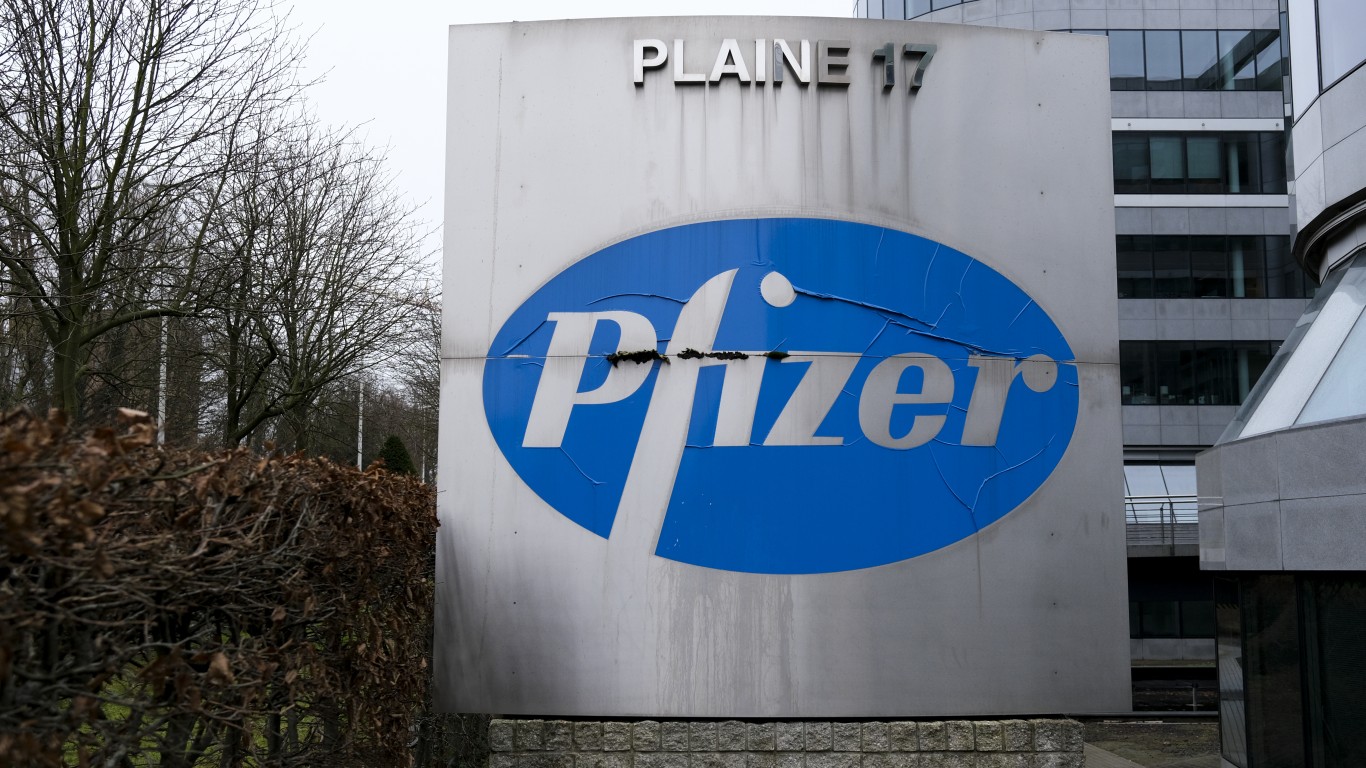
23. Pfizer
>Founding date: 1849
>Revenues: $41.91 billion
>Number of Employees: 78,500

22. KeyCorp
>Founding date: 1849
>Revenues: $7.34 billion
>Number of Employees: 16,826
[in-text-ad-2]

21. Unum Group
>Founding date: 1848
>Revenues: $13.16 billion
>Number of Employees: 10,500

20. Philip Morris International
>Founding date: 1847
>Revenues: $28.69 billion
>Number of Employees: 71,000
[in-text-ad]

19. Fidelity National Information Services
>Founding date: 1847
>Revenues: $12.55 billion
>Number of Employees: 62,000

18. New York Life Insurance
>Founding date: 1845
>Revenues: $46.71 billion
>Number of Employees: 11,506

17. Stanley Black & Decker
>Founding date: 1843
>Revenues: $14.53 billion
>Number of Employees: 58,350
[in-text-ad-2]
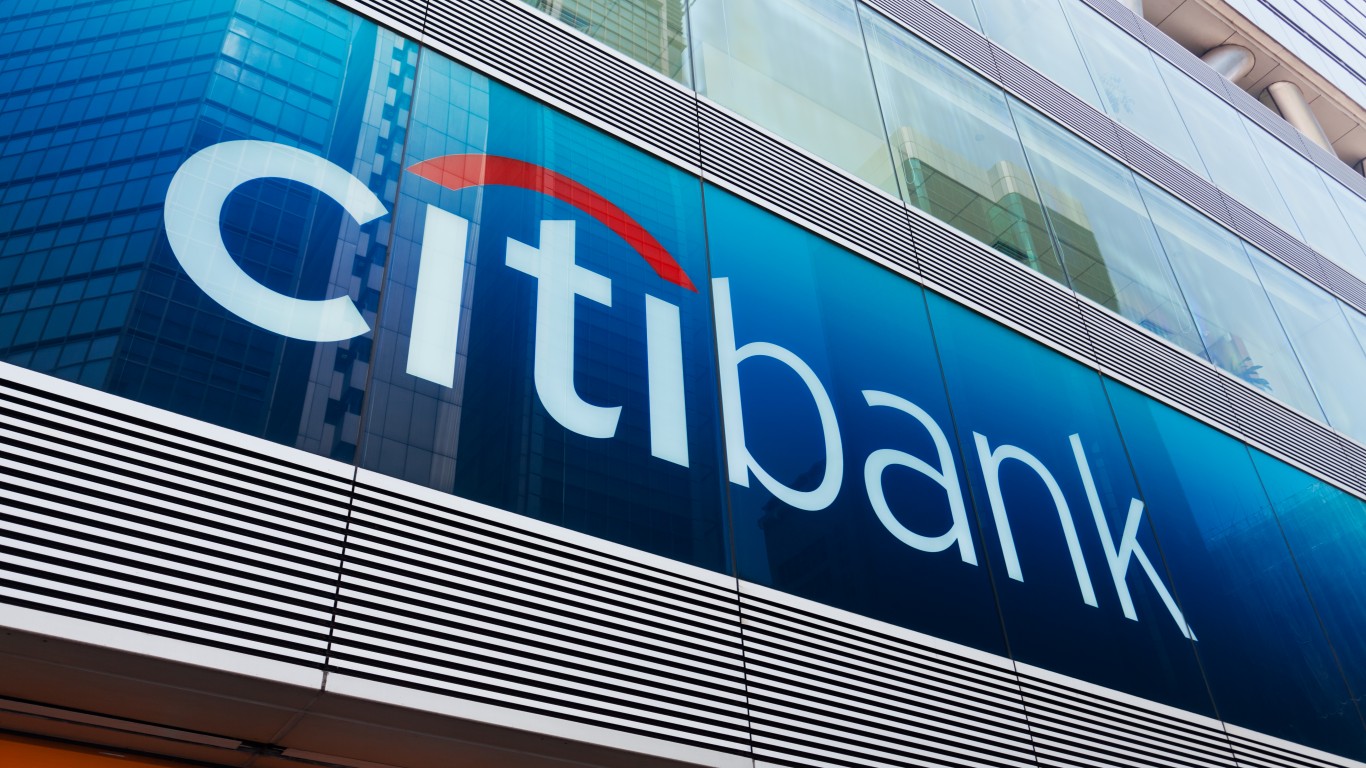
16. Citigroup
>Founding date: 1842
>Revenues: $88.84 billion
>Number of Employees: 210,153

15. Procter & Gamble
>Founding date: 1837
>Revenues: $70.95 billion
>Number of Employees: 99,000
[in-text-ad]
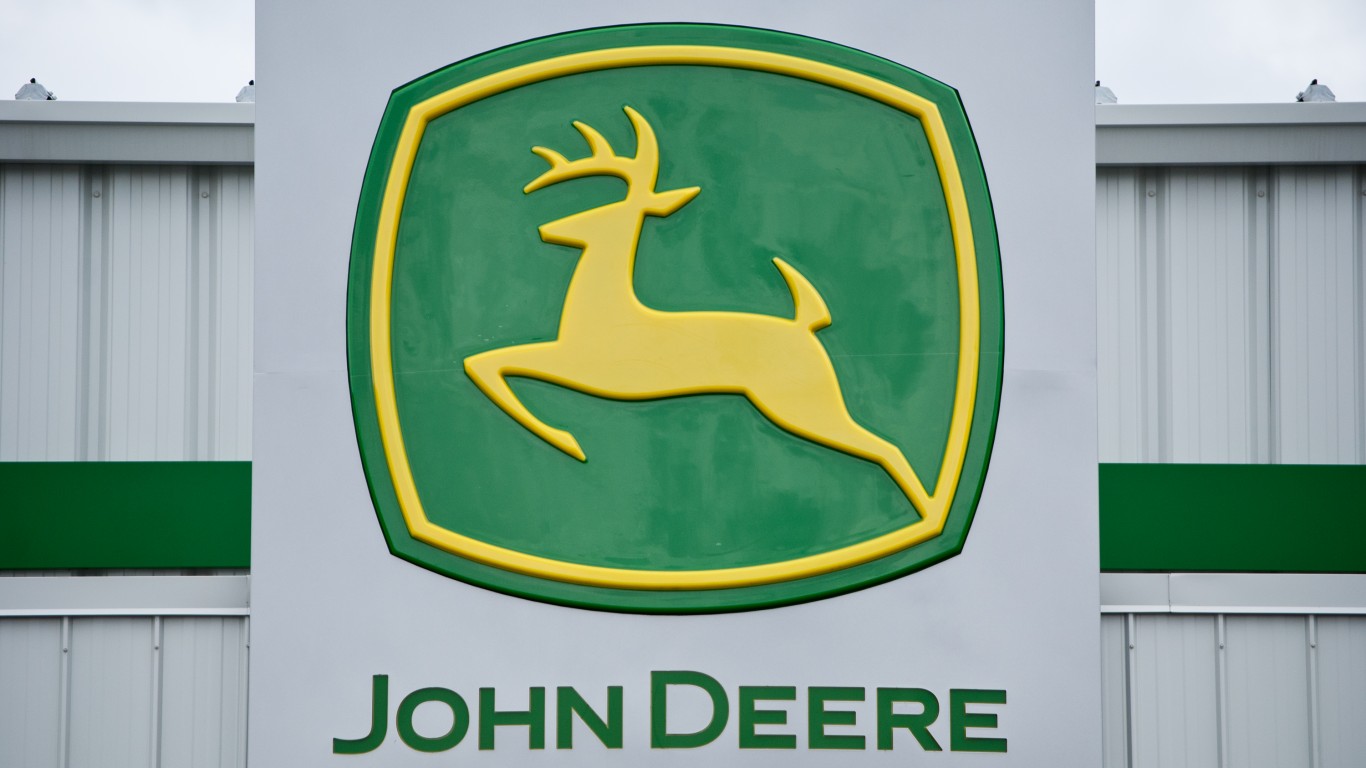
14. Deere
>Founding date: 1837
>Revenues: $35.54 billion
>Number of Employees: 69,634
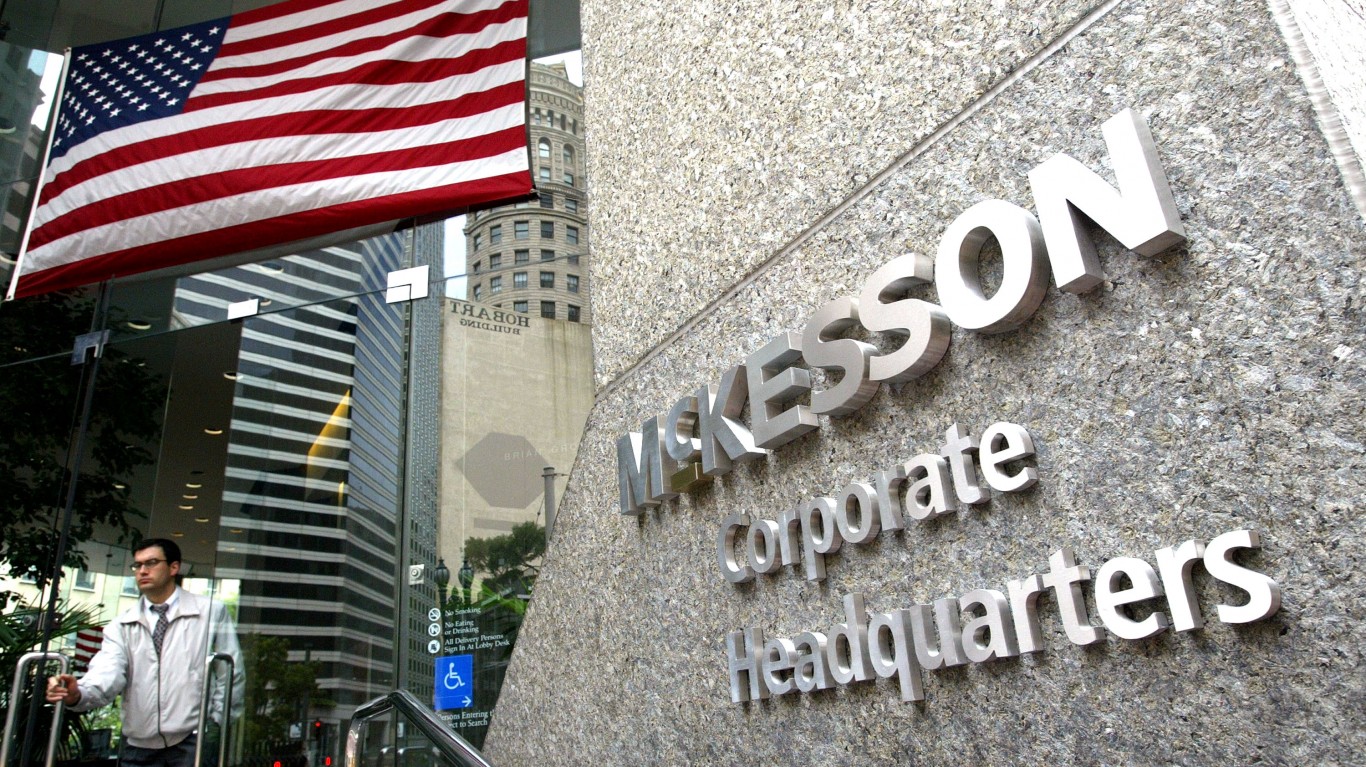
13. McKesson
>Founding date: 1833
>Revenues: $231.05 billion
>Number of Employees: 70,000

12. State Street
>Founding date: 1832
>Revenues: $12.08 billion
>Number of Employees: 39,439
[in-text-ad-2]

11. Macy’s
>Founding date: 1830
>Revenues: $18.10 billion
>Number of Employees: 75,711

10. Citizens Financial Group
>Founding date: 1828
>Revenues: $7.68 billion
>Number of Employees: 17,584
[in-text-ad]
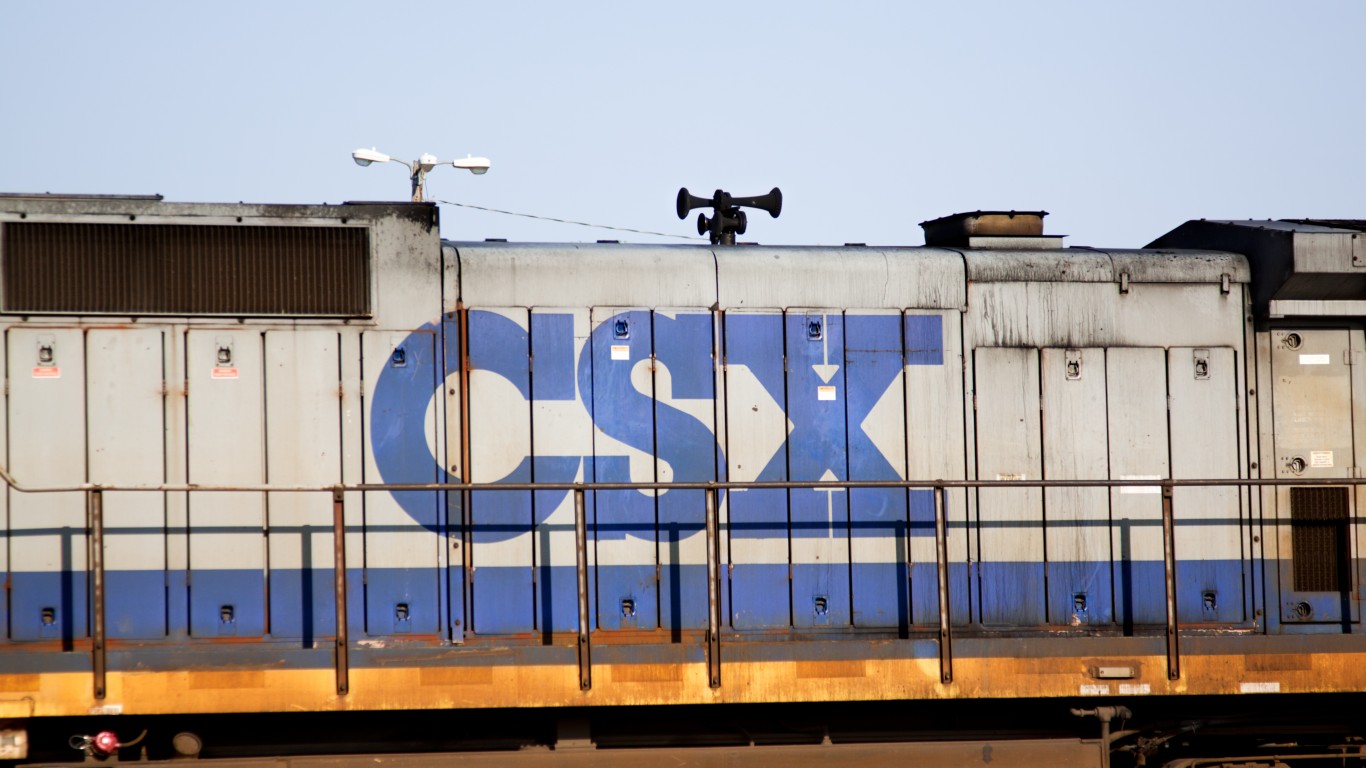
9. CSX
>Founding date: 1827
>Revenues: $10.58 billion
>Number of Employees: 19,282

8. Consolidated Edison
>Founding date: 1823
>Revenues: $12.25 billion
>Number of Employees: 14,071

7. Veritiv
>Founding date: 1819
>Revenues: $6.35 billion
>Number of Employees: 6,400
[in-text-ad-2]

6. Hartford Financial Services Group
>Founding date: 1810
>Revenues: $20.52 billion
>Number of Employees: 18,500
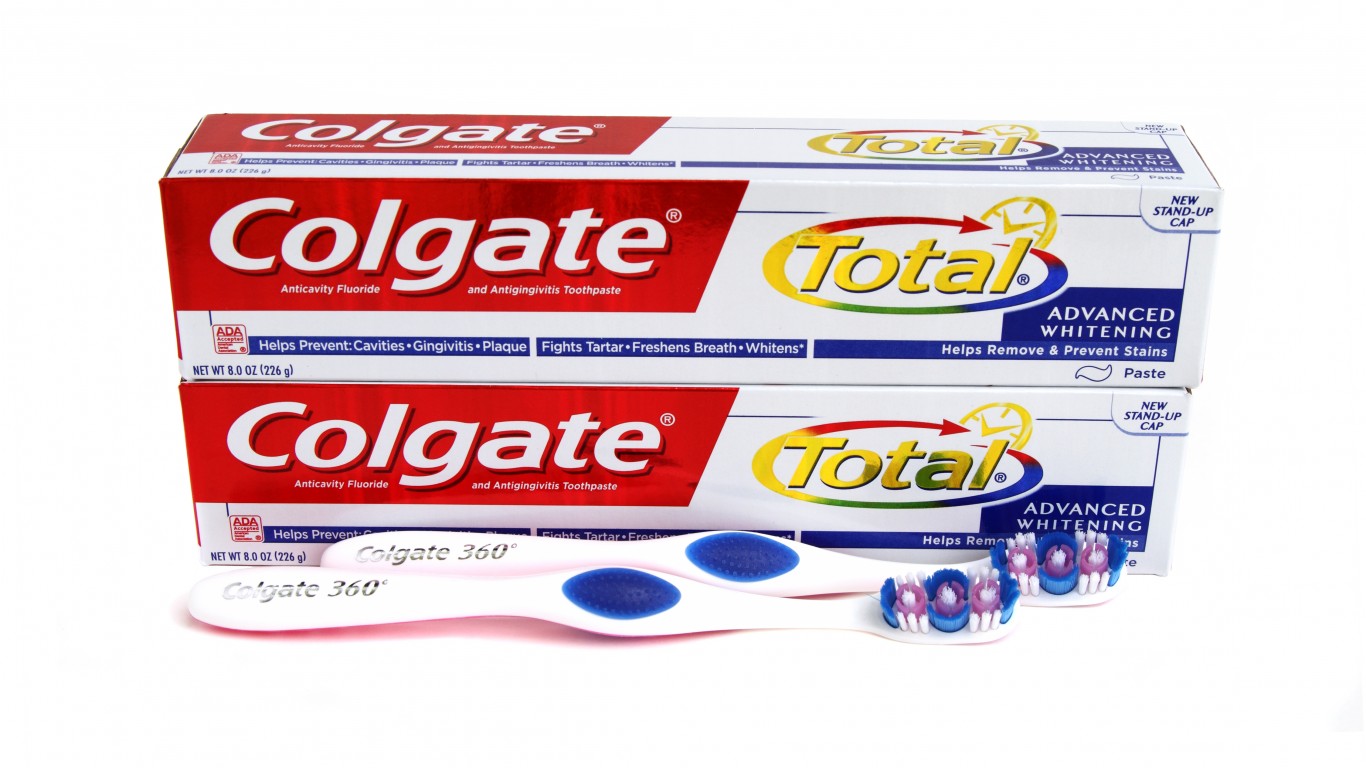
5. Colgate-Palmolive
>Founding date: 1806
>Revenues: $16.47 billion
>Number of Employees: 34,200
[in-text-ad]

4. JPMorgan Chase
>Founding date: 1799
>Revenues: $129.50 billion
>Number of Employees: 255,351

3. Cigna
>Founding date: 1792
>Revenues: $160.40 billion
>Number of Employees: 72,963

2. Molson Coors Beverage
>Founding date: 1786
>Revenues: $9.65 billion
>Number of Employees: 17,000
[in-text-ad-2]
1. Bank of New York Mellon
>Founding date: 1784
>Revenues: $16.94 billion
>Number of Employees: 48,500
The Average American Has No Idea How Much Money You Can Make Today (Sponsor)
The last few years made people forget how much banks and CD’s can pay. Meanwhile, interest rates have spiked and many can afford to pay you much more, but most are keeping yields low and hoping you won’t notice.
But there is good news. To win qualified customers, some accounts are paying almost 10x the national average! That’s an incredible way to keep your money safe and earn more at the same time. Our top pick for high yield savings accounts includes other benefits as well. You can earn up to 3.80% with a Checking & Savings Account today Sign up and get up to $300 with direct deposit. No account fees. FDIC Insured.
Click here to see how much more you could be earning on your savings today. It takes just a few minutes to open an account to make your money work for you.
Our top pick for high yield savings accounts includes other benefits as well. You can earn up to 4.00% with a Checking & Savings Account from Sofi. Sign up and get up to $300 with direct deposit. No account fees. FDIC Insured.
Thank you for reading! Have some feedback for us?
Contact the 24/7 Wall St. editorial team.
 24/7 Wall St.
24/7 Wall St. 24/7 Wall St.
24/7 Wall St. 24/7 Wall St.
24/7 Wall St.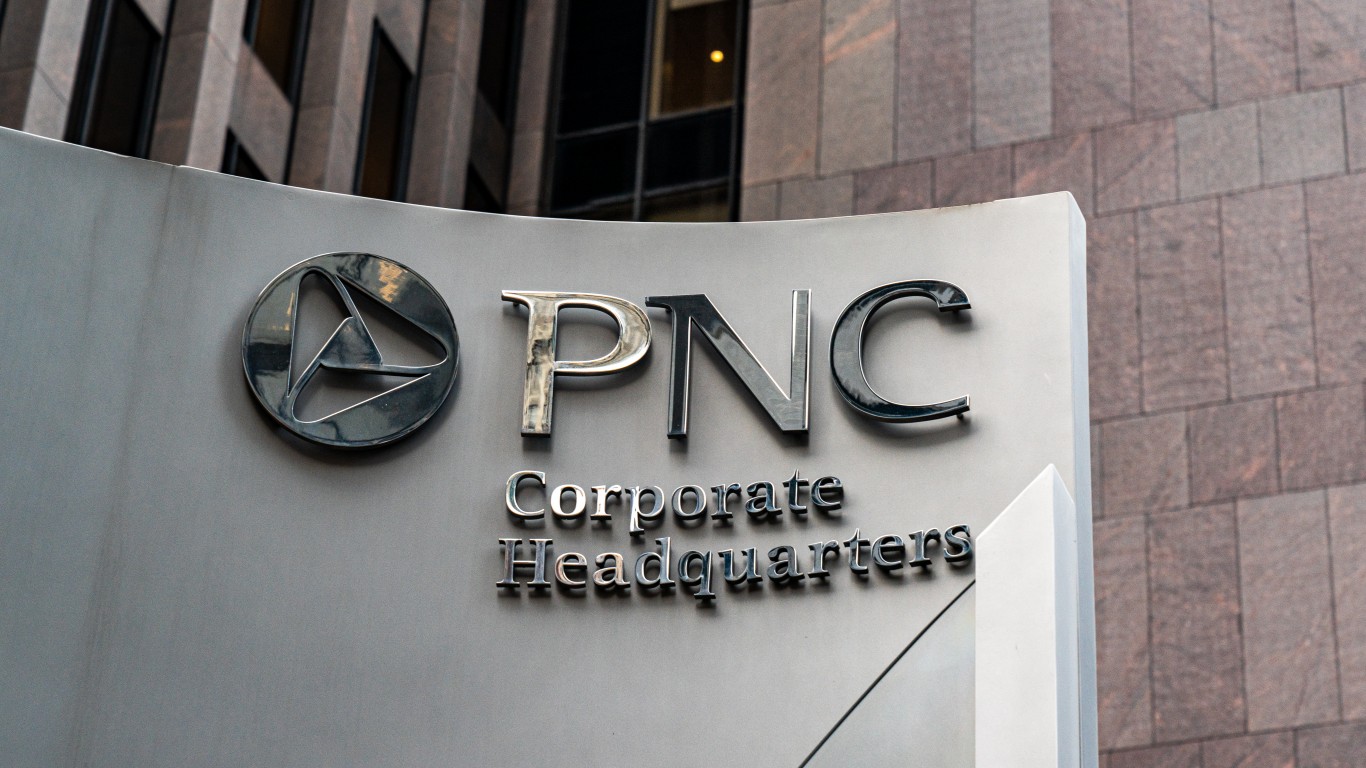
 24/7 Wall St.
24/7 Wall St. 24/7 Wall St.
24/7 Wall St.



